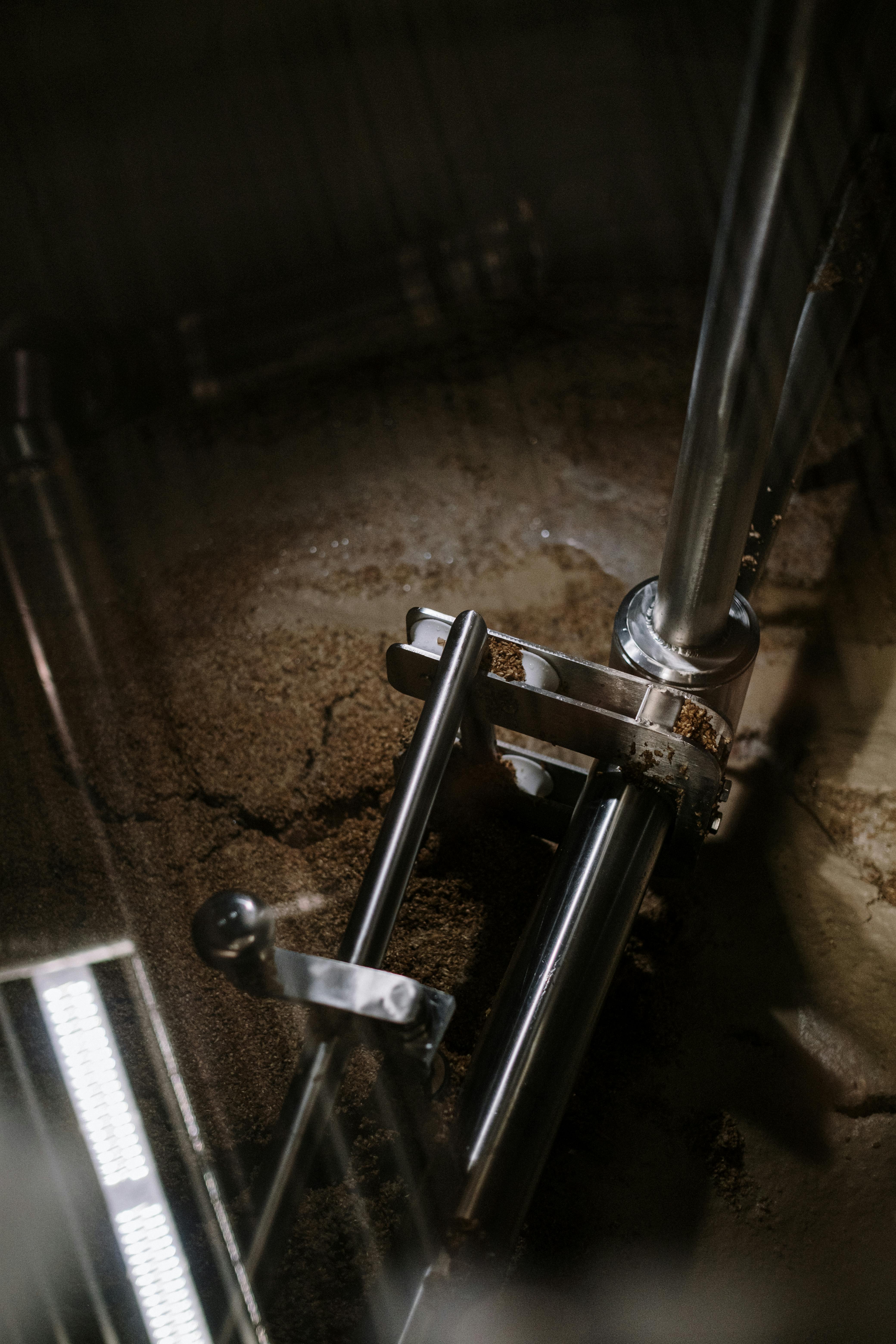Norway Microbrewery Guide: Start Profitable Brewing Nordic Style
I’ll be completely honest: if someone had pitched me on starting a microbrewery in Norway five years ago, I’d have thought they were bonkers. But, having traveled the length of Scandinavia, met half a dozen sly old homebrewers, and even botched my first attempt at a wild-foraged spruce ale (not nearly as easy as the blogs suggest—trust me), I’ve discovered that Norway’s brewing landscape isn’t just accessible, it’s downright exciting for beginners.
Norway’s microbrewery boom is real. Here’s the thing though: it’s not just a fad—it’s a cultural renaissance, drawing on centuries-old Nordic brewing traditions and some of the freshest local ingredients you’ll ever encounter. You might wonder whether starting from scratch is crazy or courageous. From my perspective, it’s both, and that’s exactly why the journey is so worth writing about. Whether you’re a total novice with a love for lagers or a craft beer enthusiast keen to break into business, this guide aims to demystify every step, sidestep typical rookie mistakes, and inject real local flavor into the process.
Getting Started: Beginner Essentials
Funny thing is, most people imagine you need a chemistry degree or some ancient Viking bloodline to brew from scratch in Norway. Not the case. The microbrewery scene here is surprisingly welcoming—in fact, more than 46% of Norwegian microbrewery founders opened their doors with zero professional brewing background1.
Let me clarify: starting up is no joke, but it’s not impossibly technical either. If you can boil water, follow a recipe, and keep track of a few legal hoops, you’re halfway there. The rest? It’s personality, persistence, and learning how to fail fast—then improve.
Here’s where almost every beginner stumbles: underestimating the paperwork and overestimating how quickly you’ll master Nordic fermentation secrets. Ask any Oslo brewer—many will say you can pick up basic techniques in a few months, but building a business from those techniques is—well—another kettle of fish entirely.
Pro Tip: Embrace the Learning Curve
If you’re just starting out, spend the first two weeks visiting at least three different Norwegian microbreweries. Observe, ask questions, take notes, even volunteer if you’re gutsy. The insight you’ll get is worth its weight in malt—nothing beats hands-on advice from locals who’ve learned (the hard way) how to brew profitably in Norway.
Nordic Brewing Traditions in Norway
What really strikes me, especially when I chat with rural brewers, is how fiercely proud Norwegians are of their local brewing heritage. Step into any countryside brewery—say, in Vestlandet or Telemark—and you’ll likely see wooden fermentation vessels, wild-foraged juniper branches, and fermentation bowls filled with yeast that’s been passed down for generations.
It’s not just romantic nostalgia. These Nordic techniques are the heart and soul of Norway’s craft beer explosion. Kveik (pronounced “kwike”) yeast is almost mystical in its properties. Last year I had the privilege of brewing with a local family, and—well, let’s just say, their beer finished fermenting in three days. Mine took eight. Still not sure exactly why, but that’s Nordic methodology for you—sometimes it just works, and you don’t know precisely how.
Of course, modern microbreweries in Norway don’t abandon global best practices—they blend tradition with innovation. According to the Norsk Bryggeri Forening (Norwegian Brewers Association), over 70 new microbrewers opened from 2021-2024, most using a hybrid Nordic approach3.
Key Insight: Don’t Copy—Adapt Nordic Techniques
Rather than copying a recipe verbatim, try adapting it using local Norwegian ingredients and methods. For example, substitute ordinary yeast with Kveik for a stronger, fruitier flavor profile, or experiment with incorporating juniper or spruce. The microbrew successes I’ve seen typically blend these traditions with modern brewing controls.




